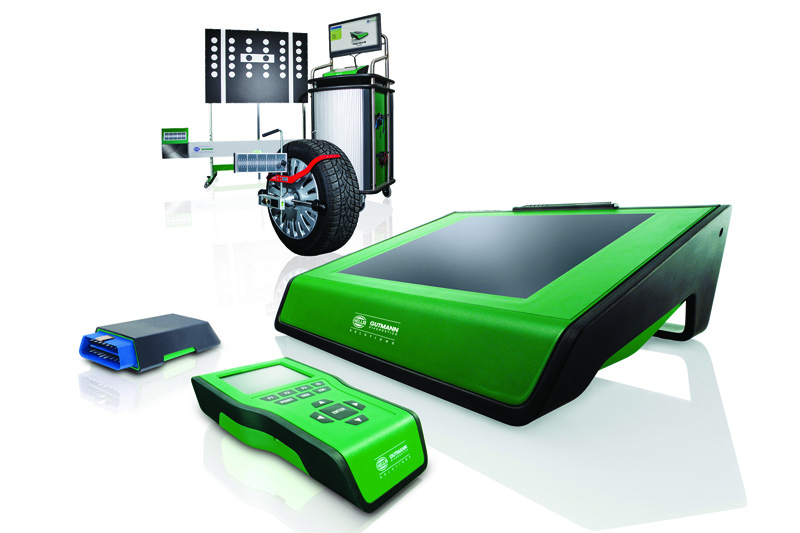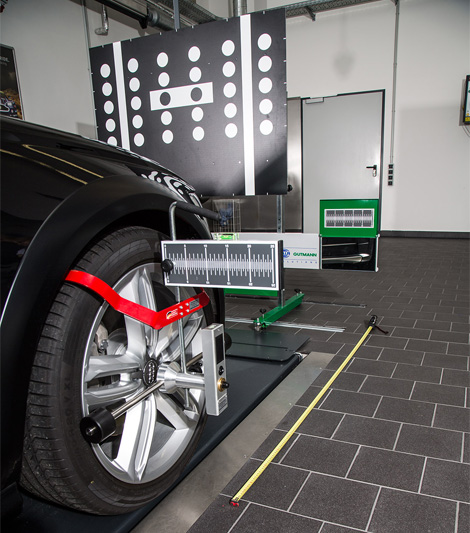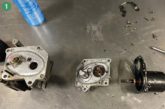
Hella Gutmann Solutions (HGS) urges workshops to be aware of ADAS.
To qualify for a 5-star Euro NCAP safety rating, new passenger cars are required to have a minimum of two advanced driver assistance systems (ADAS), but there is presently no such mandatory requirement for light commercial vehicles (LCVs). However, nowadays most LCVs have autonomous emergency braking (AEB) and lane departure warning (LDW) systems as a standard feature, and additional systems will undoubtedly follow.
As a result, it is extremely important that workshops servicing LCVs are aware of the requirement to ensure these systems are functioning correctly, following service and maintenance. This is because even something as commonplace as adjustment to the vehicle’s steering geometry or wheel alignment, not to mention coil spring or steering component replacement, will require the system to be recalibrated to ensure the ADAS technology is fully functioning.

HGS provides ADAS technology to the aftermarket, and claims to offer the only comprehensive multi-brand solution, covering more than 92% of the ADAS-equipped UK vehicle parc. The company works with multiple high profile businesses, including Thatcham Research and Autoglass, which use the HGS CSC (Camera and Sensor Calibration) tool to establish the standards the sector should be meeting with regard to recalibrating ADAS. With more LCVs now being fitted with ADAS, recalibrating after a service should begin to become standard practice in workshops. This requires the correct, high quality equipment to guarantee the vehicle is safe and working properly.
Head of Business Development at HGS, Neil Hilton, explains: “Workshops servicing the LCV sector need to understand just how important recalibration is. If the driver depends on their ADAS technology for safety, they should be able to trust the people who recalibrate their vehicle’s systems.
“If the cameras and radars are even marginally misaligned, this would certainly impact systems, such as AEB, LDW and blind spot detection, which can easily cause danger on the roads.
“It must also be understood that the vehicle manufacturer’s calibration is final, which is why HGS hardware and VM hardware follow the same calibration process, thus allowing the independent the opportunity to compete at the same level as the franchised dealer.
“The HGS CSC tool, which encompasses calibration panels, panel stand and wheel alignment accessories, and works in conjunction with the software installed as a standard feature in every HGS mega macs diagnostic tool, is activated at the touch of a button once the panels are correctly aligned.
“Without this option, however, workshops are at risk in terms of their responsibilities as well as their competitiveness.”









